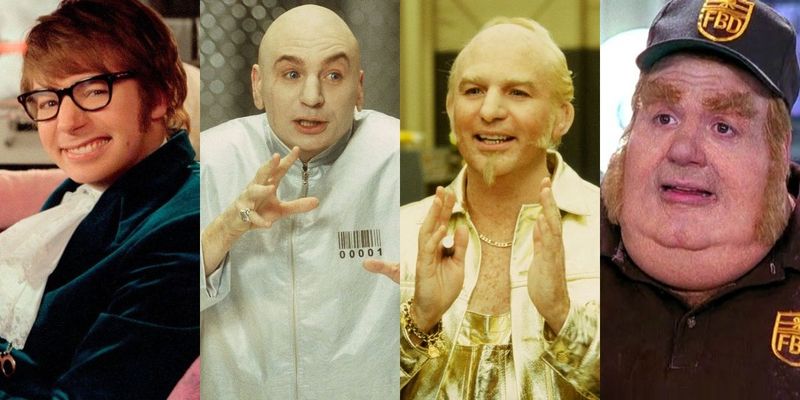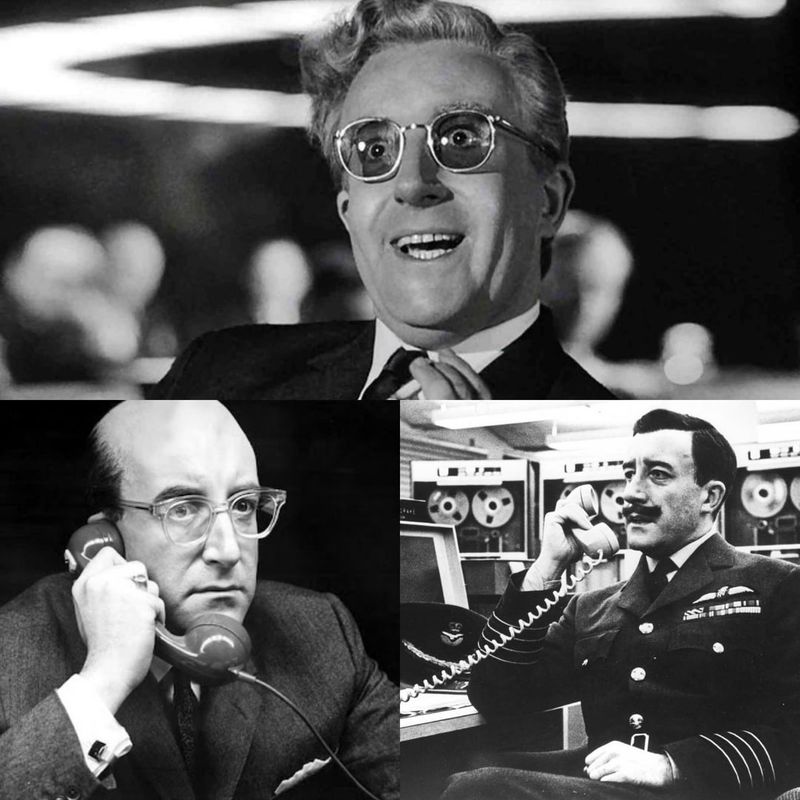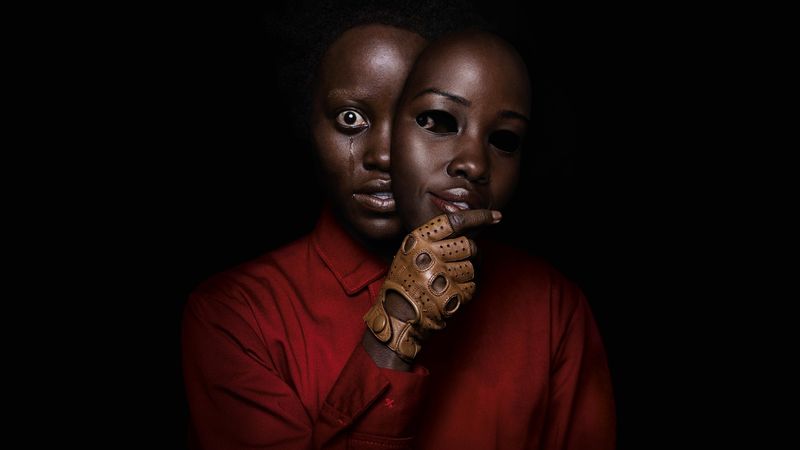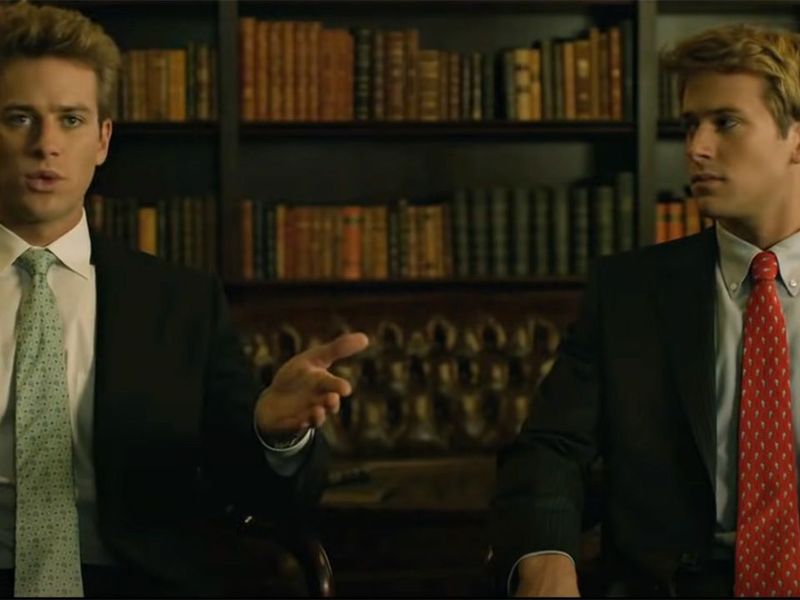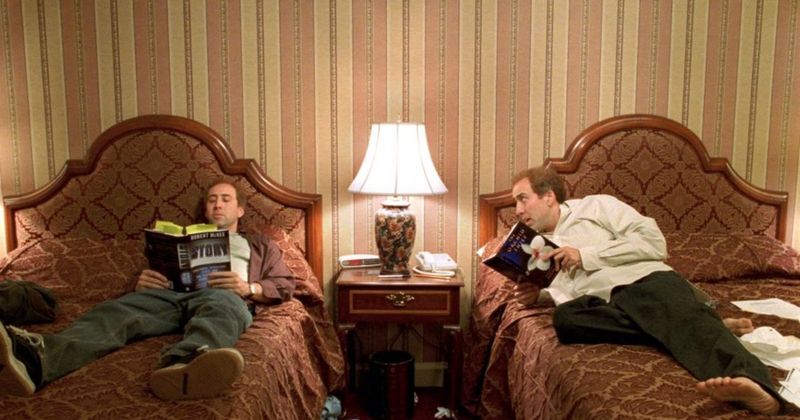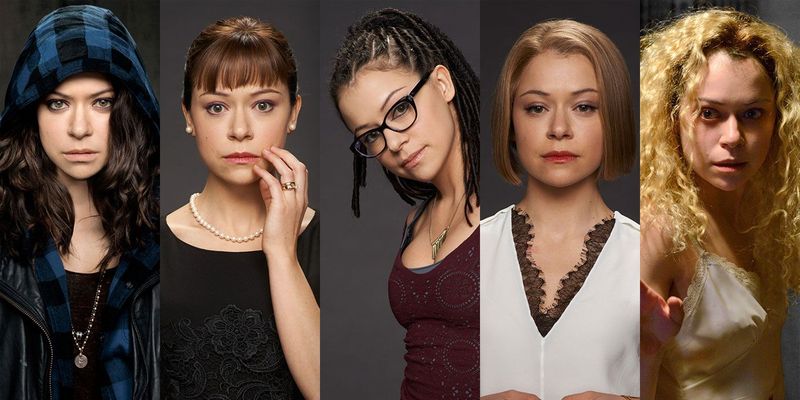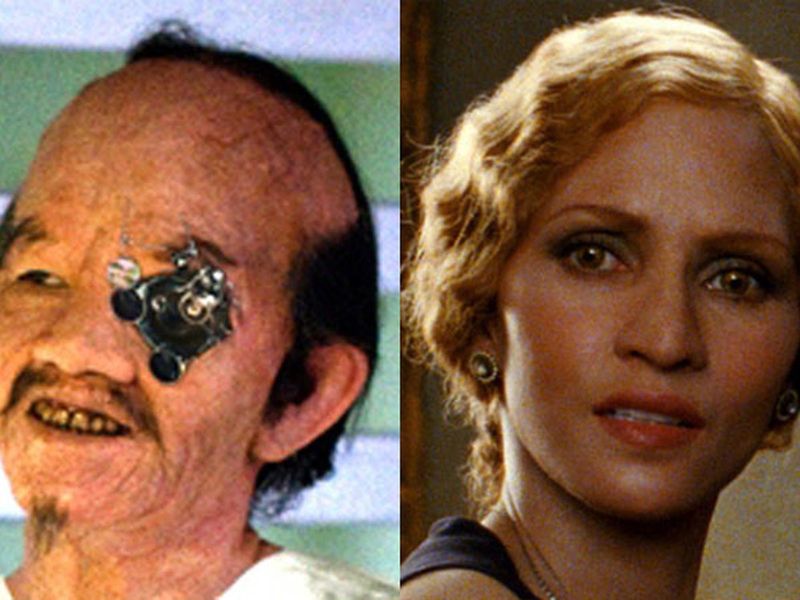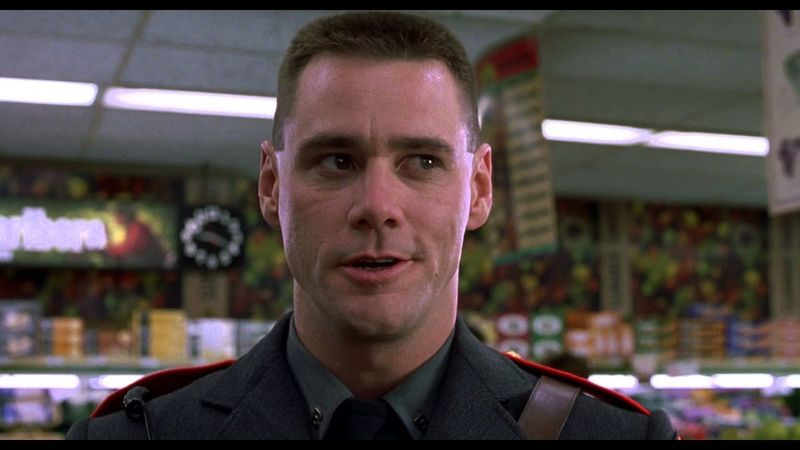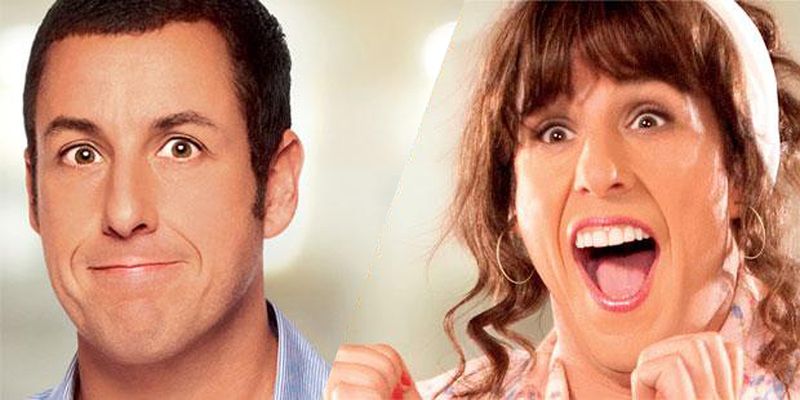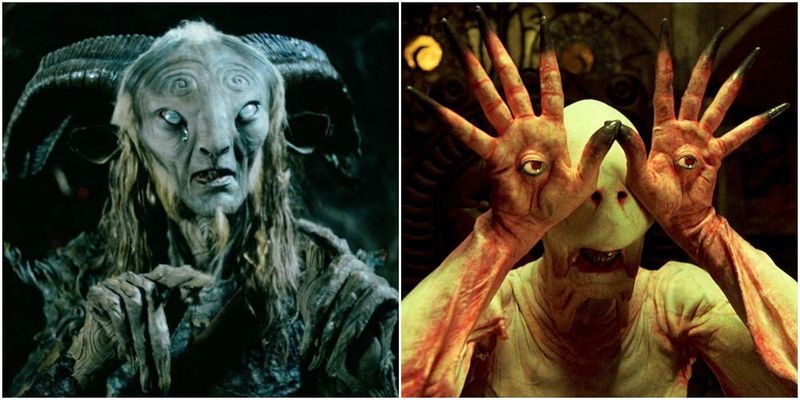Some actors go beyond playing just one character in a film, showcasing their range by taking on multiple roles in the same movie. These talented performers transform themselves completely, often becoming unrecognizable as they switch between different personas. From comedy legends to dramatic powerhouses, these actors prove their exceptional versatility by essentially competing with themselves on screen.
1. Eddie Murphy’s Comedy Showcase
Eddie Murphy revolutionized the multi-role concept in the 1996 remake of “The Nutty Professor.” As the lovable Professor Sherman Klump, Murphy also played his entire family—including his grandmother, father, mother, and brother—at the dinner table in what became an iconic scene.
Murphy’s transformation required sitting in the makeup chair for hours each day. The groundbreaking visual effects allowed him to interact with himself seamlessly, creating the illusion of a full family dynamic.
His performance was so successful that he continued the multiple-role approach in the sequel and in other films like “Coming to America” and “Norbit,” cementing his reputation as the king of character versatility.
2. Mike Myers’ Groovy Transformations
Canadian funnyman Mike Myers dominated the 1990s comedy scene by playing multiple characters in his “Austin Powers” franchise. Myers portrayed both the shagadelic spy Austin Powers and his nemesis Dr. Evil, creating two iconic characters that couldn’t be more different from each other.
The actor didn’t stop there—he also played Fat Bastard, a grotesque Scottish henchman, and later added Goldmember to his repertoire in the third film. Each character had distinct mannerisms, accents, and physical attributes that showcased Myers’ commitment to character work.
His dedication to these transformations included enduring up to seven hours of prosthetic application for certain characters.
3. Tom Hanks’ Centuries-Spanning Journey
In the ambitious 2012 film “Cloud Atlas,” Tom Hanks took on six different roles across various time periods and realities. From a 19th-century doctor to a post-apocalyptic tribesman, Hanks shape-shifted through centuries with remarkable versatility.
The film’s unique concept explored how souls connect across time, with actors playing different incarnations of connected characters. Hanks underwent extensive makeup transformations that altered his appearance dramatically for each role, sometimes making him nearly unrecognizable.
What makes his performance particularly impressive is how he created distinct personalities and accents for each character, demonstrating why he’s considered one of Hollywood’s most versatile actors.
4. Peter Sellers’ Comedic Triumph
British comedy legend Peter Sellers delivered a masterclass in multi-role acting in Stanley Kubrick’s 1964 satirical masterpiece “Dr. Strangelove.” Sellers brilliantly portrayed three wildly different characters: the reasonable Group Captain Lionel Mandrake, the worried U.S. President Merkin Muffley, and the bizarre ex-Nazi scientist Dr. Strangelove himself.
Originally slated to play a fourth role (Major Kong), Sellers had to drop it after spraining his ankle. His remaining performances were so distinct that many viewers didn’t realize the same actor played all three parts.
Sellers’ ability to disappear into these characters—each with different accents, postures, and personalities—demonstrated why he was considered one of the greatest character actors of his generation.
5. Lupita Nyong’o’s Terrifying Duality
Academy Award winner Lupita Nyong’o delivered one of the most chilling dual performances in recent memory in Jordan Peele’s 2019 horror film “Us.” She portrayed both Adelaide Wilson, a woman traumatized by a childhood incident, and Red, her vengeful doppelgänger from an underground world of clones.
Nyong’o’s preparation was intense—she created a distinct raspy voice for Red inspired by a neurological disorder called spasmodic dysphonia. For Adelaide, she crafted a character fighting to protect her family while hiding dark secrets.
The physical and emotional contrast between the two characters showcased Nyong’o’s remarkable range, requiring her to essentially act against herself in many scenes.
6. Alec Guinness’ Character Marathon
Long before becoming Obi-Wan Kenobi, Sir Alec Guinness pulled off an acting tour de force in the 1949 British comedy “Kind Hearts and Coronets.” The distinguished actor portrayed eight different members of the aristocratic D’Ascoyne family—including a banker, a general, and even a suffragette Lady Agatha.
Each character meets their demise as part of the protagonist’s murderous plot to inherit a dukedom. Guinness switched between these roles with remarkable ease, giving each family member distinct personalities and quirks despite limited screen time.
What makes this performance even more impressive is that it was accomplished without modern special effects—just Guinness’ acting ability, makeup, and costume changes.
7. Armie Hammer’s Twin Performance
In David Fincher’s 2010 film “The Social Network,” Armie Hammer took on the challenging task of playing identical twins Cameron and Tyler Winklevoss. Rather than casting actual twins, Fincher used innovative technology to create the illusion of Hammer interacting with himself.
For some scenes, Hammer’s face was digitally placed onto the body of actor Josh Pence, who served as a body double. This technical achievement, combined with Hammer’s ability to create subtle differences between the privileged Harvard rowing twins, made the performance seamless.
Hammer managed to give each brother distinct personality traits while maintaining their similar speech patterns and mannerisms, creating one of the most convincing twin portrayals in film history.
8. Nicolas Cage’s Identity Crisis
Known for his eccentric performances, Nicolas Cage took on dual roles in the 2002 meta-comedy “Adaptation.” Cage portrayed both real-life screenwriter Charlie Kaufman and his fictional twin brother Donald, creating two distinctly different characters who share the same face.
Charlie is neurotic, insecure, and creatively blocked, while Donald is confident, optimistic, and blissfully unaware. The film’s brilliance comes from watching these opposite personalities interact, with Cage essentially having conversations with himself throughout the movie.
Cage’s subtle physical choices—slightly different postures, expressions, and energy levels—make it easy to distinguish between the brothers without relying on obvious visual differences.
9. Tatiana Maslany’s Clone Army
Though technically a television performance, Tatiana Maslany’s work on “Orphan Black” deserves recognition as the ultimate multiple-role achievement. Maslany portrayed over a dozen different clones across the series, often appearing in scenes with three or four versions of herself simultaneously.
Each clone had a completely distinct accent, posture, personality, and style—from street-smart Sarah to uptight soccer mom Alison to wild-haired scientist Cosima. The technical challenges were immense, requiring Maslany to film scenes multiple times and interact with tennis balls and stand-ins.
Her performance was so convincing that viewers often forgot they were watching the same actress, earning Maslany an Emmy Award and setting a new standard for multiple-role performances.
10. Michael J. Fox’s Family Reunion
In “Back to the Future Part II” (1989), Michael J. Fox went beyond playing just Marty McFly. The time-traveling sequel required Fox to portray Marty’s future son and daughter, as well as his own ancestor Seamus McFly in Part III, showcasing his comedic versatility.
Fox’s performance as Marty’s daughter Marlene was particularly impressive, requiring him to adopt feminine mannerisms and speak in a higher register. The film used then-groundbreaking special effects to allow Fox to interact with himself in scenes where multiple McFlys appeared together.
These performances demonstrated Fox’s remarkable range and physical comedy skills, creating distinct characters that shared the same DNA but had completely different personalities.
11. Halle Berry’s Royal Transformation
In the ambitious 2012 film “Cloud Atlas,” Halle Berry joined Tom Hanks in playing multiple roles across different time periods. Berry portrayed six different characters spanning various ethnicities, ages, and even genders, demonstrating her exceptional range as an actress.
Her most notable transformations included Luisa Rey, a 1970s journalist; Jocasta Ayrs, the wife of a composer in the 1930s; and an elderly Korean doctor in the future. The extensive makeup and prosthetics made her unrecognizable in several roles.
Berry’s commitment to creating distinct personalities for each character, despite sometimes having limited screen time, showcased her versatility and willingness to disappear completely into her roles.
12. Jim Carrey’s Split Personality
Comedy legend Jim Carrey pushed his physical comedy skills to the limit in the 2000 film “Me, Myself & Irene.” Carrey played Charlie Baileygates, a state trooper with dissociative identity disorder whose suppressed rage manifests as an aggressive alter ego named Hank.
What made Carrey’s performance remarkable was how he physically transformed between personalities without makeup or special effects. Using only his extraordinary control over his facial muscles and body language, Carrey could switch between the meek Charlie and the aggressive Hank instantly, sometimes mid-sentence.
The film featured scenes where Carrey essentially fought himself, showcasing both his comedic timing and his ability to create two completely different characters inhabiting the same body.
13. Cate Blanchett’s Gender-Bending Portrait
Academy Award winner Cate Blanchett demonstrated her extraordinary range in the 2007 experimental Bob Dylan biopic “I’m Not There.” Among six actors portraying different aspects of Dylan’s persona, Blanchett stood out by playing Jude Quinn, representing Dylan’s electric period in the mid-1960s.
What made her performance remarkable was that Blanchett, as a woman, portrayed the male musician with such conviction that many critics considered her portrayal the most accurate of all the film’s Dylans. With short hair, minimal makeup, and impeccable body language, she captured Dylan’s mannerisms and speech patterns perfectly.
Blanchett’s fearless gender-crossing performance earned her an Oscar nomination and stands as one of cinema’s most impressive transformations.
14. Adam Sandler’s Sibling Rivalry
Adam Sandler took the dual-role concept to bizarre heights in the 2011 comedy “Jack and Jill,” where he played both the male protagonist Jack and his annoying twin sister Jill. The film required Sandler to interact with himself throughout, creating the challenging dynamic of a man who can’t stand his own twin.
While the film received negative reviews, Sandler’s commitment to the female role showed dedication. He adopted a completely different voice, mannerisms, and physical presence for Jill, going all-in on the concept despite the critical reception.
The film’s technical aspects were actually quite impressive, with seamless interactions between the two Sandler characters that required complex filming techniques and visual effects.
15. Doug Jones’ Creature Features
Character actor Doug Jones made history in Guillermo del Toro’s “Pan’s Labyrinth” (2006) by playing both the mysterious Faun and the terrifying Pale Man. Hidden beneath layers of intricate prosthetics and makeup, Jones created two of cinema’s most memorable fantasy creatures.
What’s remarkable about Jones’ performance is that he relied entirely on body language and movement to bring these characters to life. The Faun required Jones to walk on stilts with backward-bending legs, while the Pale Man—with eyeballs in his palms—became an iconic horror figure through Jones’ unsettling movements.
Though his face was never visible, Jones created two completely distinct characters that felt like they came from entirely different worlds.


